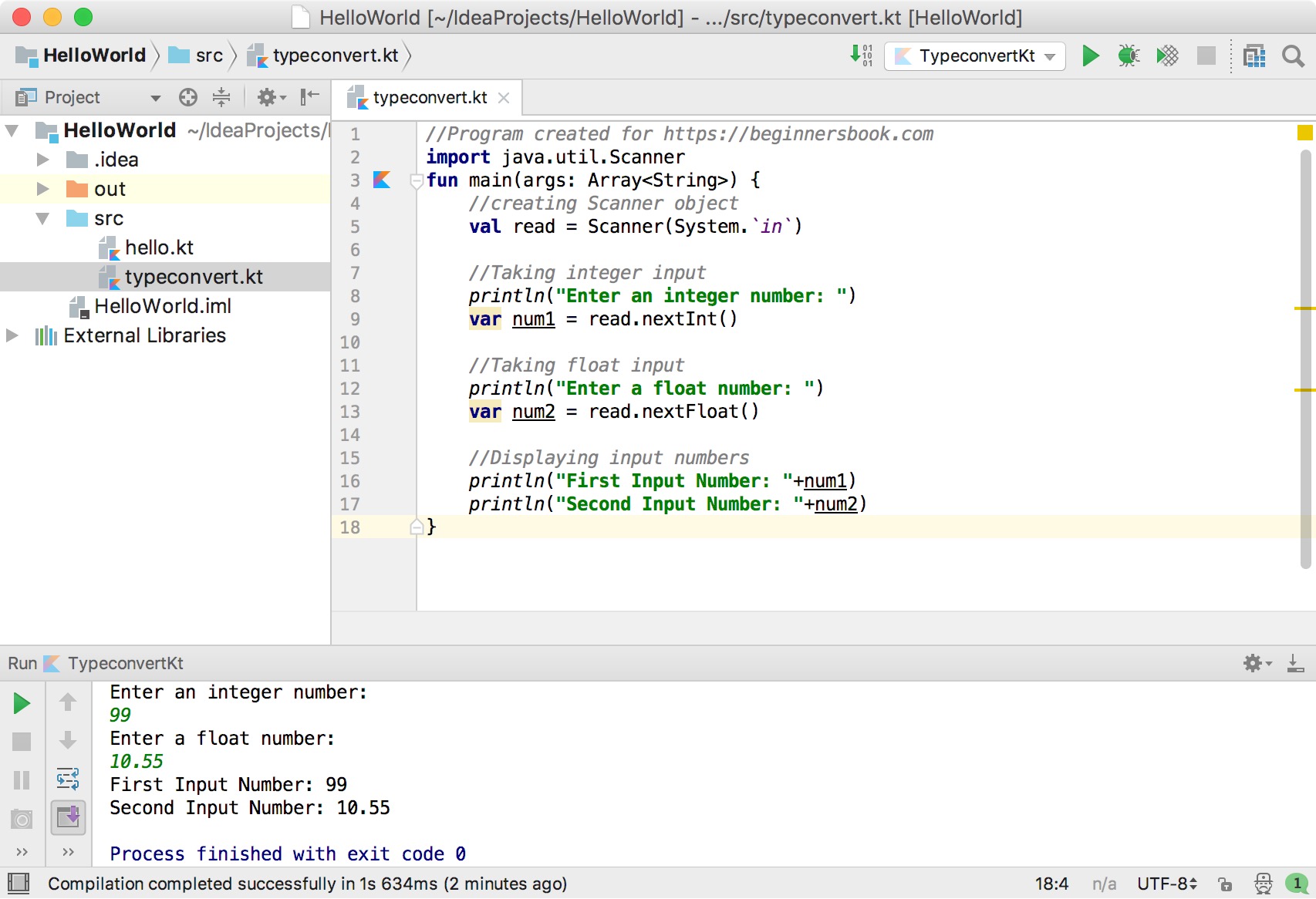


That way if you tried to parse that string representation you will get the same exact value. The downside of BigDecimal is that it is slower and more cumbersome to use (less so in Kotlin) as there isn’t built in hardware support for it.īasically when converting for output Java (which then carries over to Kotlin) will output the shortest string representation that is closer to the exact value than it is to the next representable floating point value. You can get away with int or long to represent number of pennies as long as you know that the range is limited. This is why the best advice when representing money is never use float or double and always use BigDecimal. m=314 and n=-2 give you the exact value of 3.14. Try as hard as you want you will not find any integer values for m and n that give you exactly 3.14.īigDecimal on the other hand represents numbers of the form m * 10 ^ n where m and n are integers and are essentially unbounded. The difference between float and double is merely how many bits are allocated for m and n and thus how precise you can be. Float and double can only represent values that are exactly equal to m * 2 ^ n, where m and n are taken from a subset of the set of integers.

The only difference between float and double is how close you can get to the number. But I did accidentally show the float representation not the double one. It is the same for both float and double that neither can exactly represent 3.14.


 0 kommentar(er)
0 kommentar(er)
